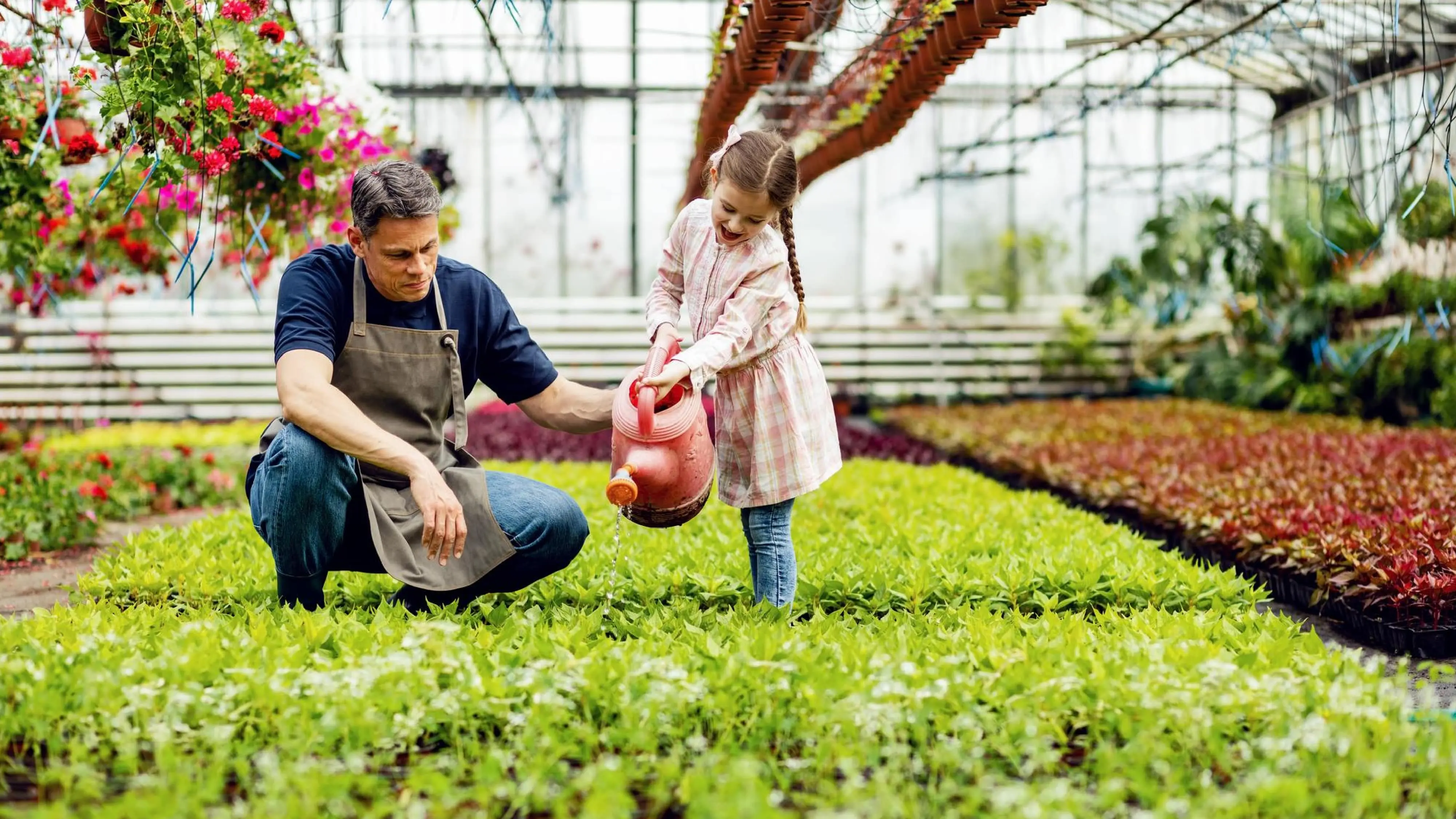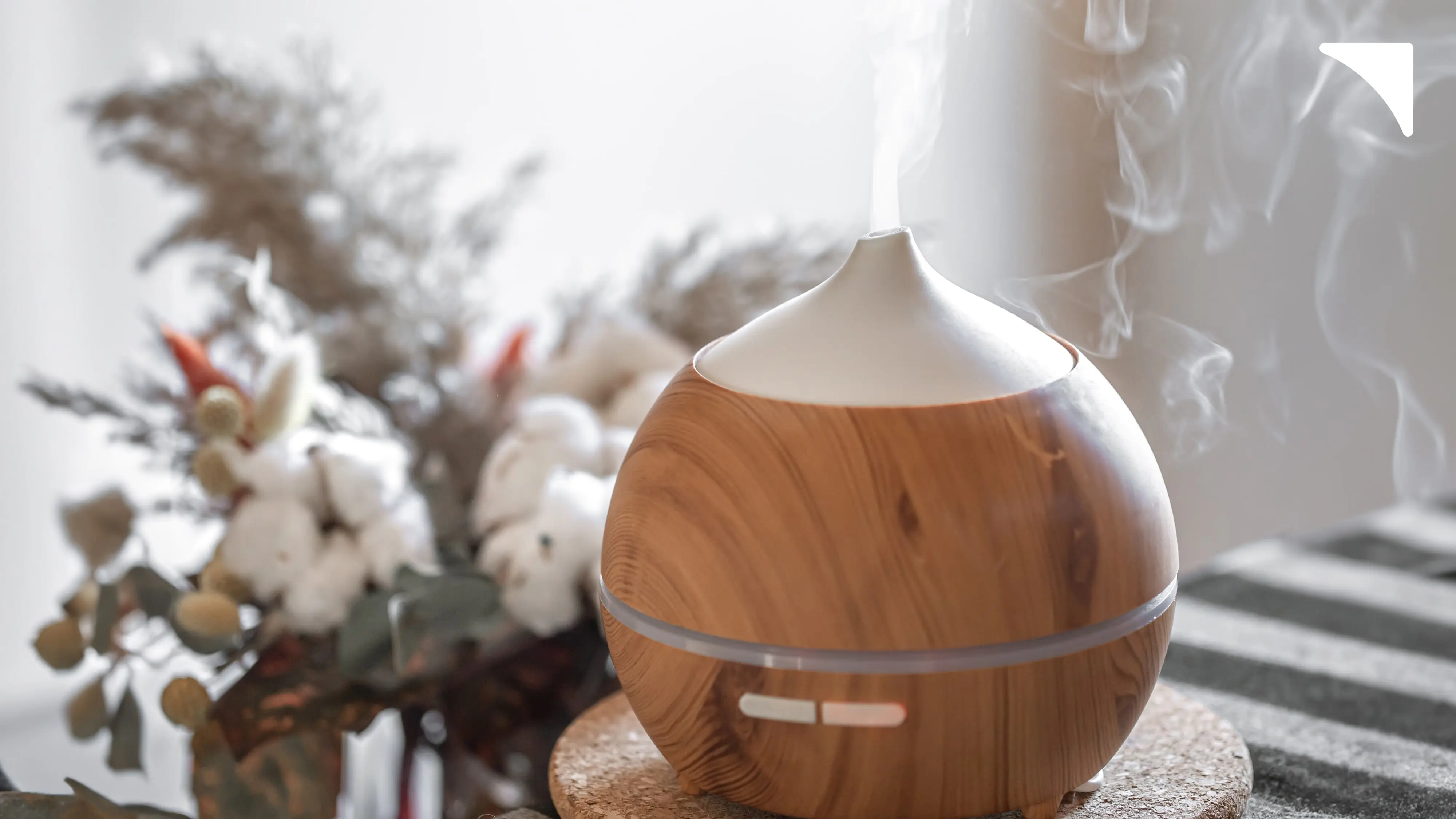A MULTI-SENSORY APPROACH TO VISUAL MERCHANDISING

When brands think about the word ‘Visual Merchandising’, it’s usually visually speaking and neatly managed displays that come into mind, but that’s just the tip of the iceberg. In order to attract customers and establish an emotional connection, businesses must also recognize that other senses, and not just sight, play an extremely important role in developing an unforgettable sensory experience by stimulating a strong response.
This insight aims to convey the importance of incorporating hearing, tactility, olfaction, and taste within visual merchandising in improving customer experience.
1.) Setting the mood with sound

While visuals of the store may initiate customer pull, it is sound that sets the emotional tone for the shopping experience. Sound, whether it is music, ambient soundscapes, or pin-drop silence, can influence the atmosphere for the customers as they move through the area.
Despite its beginnings in 1892, the spirited and youthful vibe in Abercrombie & Fitch is generated by amalgamating dim lighting, grunge-inspired urban decor, and ‘House music’, a genre of music mostly played in the clubs, which matches ethos of the brand perfectly.
2.) Tactile temptations

The sense of touch, when utilized, is extremely powerful in strengthening the bond between the customers and the products. It works on a two-store principle, with visual merchandising getting the foot in the door, which is taken over by the sense of touch in which the customers experience the material, texture, and the durability of the product.
Swedish giant IKEA inculcates the tangible aspects of their products into their visual merchandising highly effectively. By having separate section that houses fully built spaces - living rooms, kitchens, washrooms, etc, they urge the customers to physically interact with, test, and actually visualize the furniture, linens, and decor the way they want.
3.) Engaging through scent

Have you ever smelled a blown-out candle and been stricken by an overwhelming sense of nostalgia? The sense of smell can trigger such memories and emotions, often without us realizing. When incorporated along with the principles of visual merchandising, smell has the power to influence consumer behavior. Cafes, especially those serving artisanal coffees effectively utilize the fragrance of freshly roasted coffee as a magnet to pull in customers. They often complement the smell of coffee with freshly baked confectionery that involuntarily triggers salivation, which in turn drives sales.
4.) The taste test advantage

Despite it not being universally applicable across all retail domains, taste plays a major role in F&B industries. When coupled with strong visual aids, the influence of the sense of taste within visual merchandising is unmatched. Often incorporated through sample testing and showcases focused on taste, it motivates customers to engage with the product through taking a bite, thus associating the product with a strong tangible experience.
Costco mastered the art of imploring customers to drive sales through taste. Renowned for giving out free samples, Costco reported a notable increase in sales of the items they gave out as free samples. The sampling program that they implemented proved to be incredibly successful, as it reported an almost 300% increase in sales for sampled items.